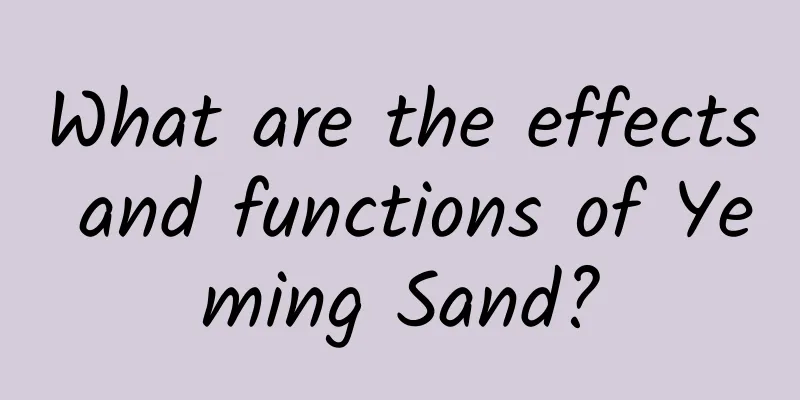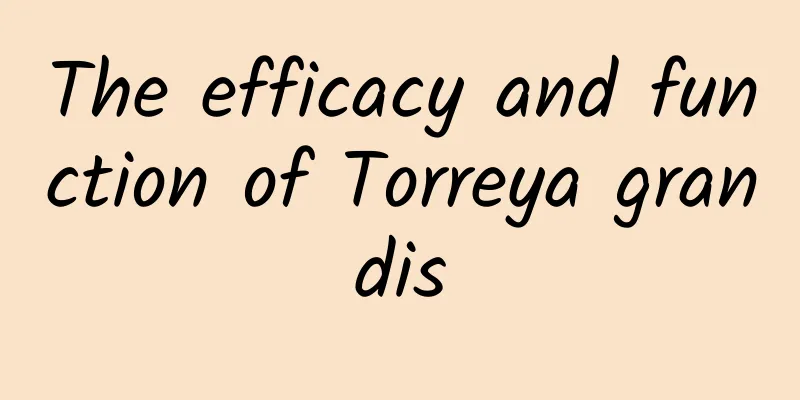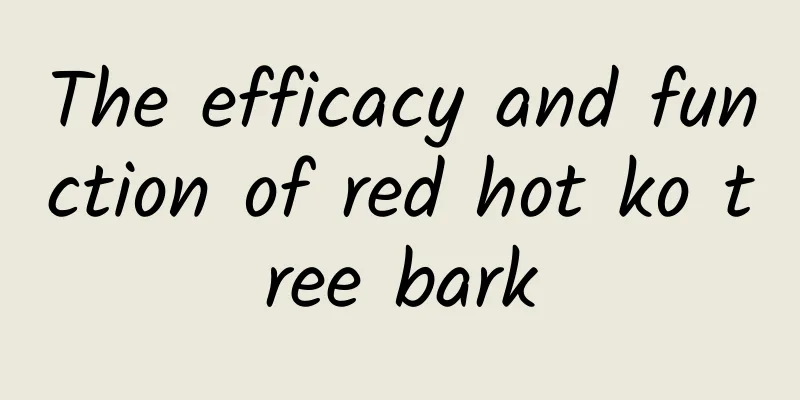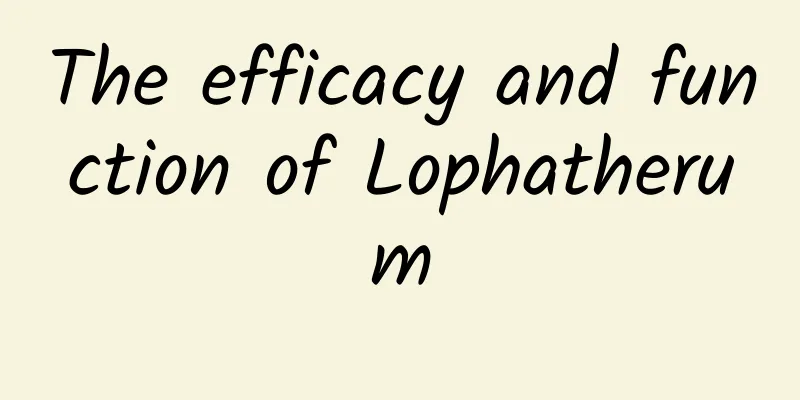Amazing Oracle: Are rabbit and rabbit just a little bit different?

|
"Little white rabbit, so white, with two ears standing up!" What a cute rabbit! Did you know that it is said that the original writing of the word "rabbit" comes from the cute appearance of the rabbit? If you don't believe it, take a look... In the oracle bone script of Yinxu, the word "rabbit" looks like this Some people may say that this is a far cry from the character for rabbit we have today. How did the character for rabbit evolve? Let's listen to Yuan Yong, vice president of the Henan Children's Literature Society and a traditional culture scholar, tell us. Shuowen Jiezi says: "Rabbit is the name of an animal, which looks like a crouching animal with its tail at the back." The character "兔" is a pictograph of the animal rabbit. The shape of the character in oracle bone script and bronze inscription is like a squatting rabbit (Xu Shen's "蹲" means squatting). The head is facing up, the lips are notched, the eyes are big, the ears are long, and the tail is clearly visible, basically showing all the appearance characteristics of the rabbit. With just a few strokes, it is so vivid and lifelike, which is really rare. We have to admire the wisdom of our ancestors again. Many Chinese characters are pictographic characters. These pictographic characters gradually lost their original pictographic elements in the process of evolution. After pursuing the coordination of the character's own shape structure and the convenience of writing, they gradually drifted away from their original shapes. The writing style of Xiaozhuan is very different from that of Oracle Bone Script and Bronze Script. The dot in the lower right corner of the official script "rabbit" represents the short rabbit's tail. At this stage, the shape of the rabbit is difficult to see, and the character "rabbit" has also shown the outline of modern Chinese characters. "There are many allusions to rabbits in Chinese culture, such as a cunning rabbit has three burrows, the fox mourns the death of a rabbit, the dog is cooked when the rabbit dies, and the rabbit is chased out of the east gate. The story of 'waiting for the rabbit by the tree stump' in Han Feizi's Five Vermin mocks the foolish practice of feudal rulers using the old methods of their predecessors to govern the people of the day," Yuan Yong told reporters. When we talk about the Chinese character for rabbit, we will naturally think of the Chinese character for free. The spelling of free is only one dot different from that of rabbit. So when it comes to the Chinese character for baby, are the two characters "sisters"? Let's open the text archive and look for the answer in the long history of text. Look at the oracle bone script of the word "免". It looks like a person wearing a big hat. Yan Hua, a lecturer at Henan Normal University, told reporters that it is composed of 冃, which means a person kneeling and wearing a hat. Some oracle bone scripts, such as 将, are written as , which looks like a hat decorated with horns, indicating that "免" is more advanced than "帽". 冃, pronounced mao, is the original character for hat. Shuowen Jiezi says: "冃 is a headgear for children and barbarians." That is to say, 冃 refers to the hat used by children and ethnic minorities in remote areas in ancient times to wrap their heads. Guo Moruo believed that "mián" was the original character for "mian". Yan Hua explained that bronze inscriptions continued the oracle bone script The seal script mistakenly wrote the hat corner ornament in the oracle bone script as "膃". The official script was greatly deformed and the hat shape disappeared completely. When the original meaning of "免" (hat) disappeared, the seal script added "冃" (hat) to create "冕" (crown) instead. Since the word "免" refers to a hat, why does it also mean to exempt or remove? "Because, putting on a hat is called 'mian', and taking off a hat is called 'mian'. Removing a person's position is also called 'mian'," said Yuan Yong. Okay, now the question is, what if we want to express the original meaning of the hat? Well, we can give "免" a hat, so we created a new character "冕", which specifically means hat. In Chinese, "加冠" means to put on a hat. In some countries, the monarchs hold a ceremony to put the crown on their heads when they ascend the throne, which is also called "加冠". "卫冠" originally means to keep one's hat, which is a metaphor for continuing to maintain the previous winning position in the competition. Therefore, the character "冕" is really a "greedy" character, which is equivalent to wearing two hats. This is very similar to the character "暮". What is the relationship between "暮" and "莫"? Let's wait for the next chapter to find out. |
<<: Eating barbecue and being sent to the ICU! What is Guillain-Barré syndrome?
>>: Learning this method can save lives at critical moments! Today I will teach you step by step
Recommend
Why do many people have a mole on the same position on their arms? In these 5 cases, go to the hospital as soon as possible!
Source: Dr. Curious...
The efficacy and function of carambola flower
There are many common Chinese medicinal materials...
Protecting your liver is protecting your life! If you have a bad liver, you should avoid these 9 common foods
For some people, wine is spiritual food and a sou...
The efficacy and function of shark fin
Shark fin is very familiar to everyone. It has a ...
In order to stop having nightmares, I tried to make up a "good ending" for it, and it actually worked!
Generally speaking, if you have a good night'...
Challenges facing humanity: Increasingly invasive species
Produced by: Science Popularization China Produce...
The world's largest creature has been discovered: 180 kilometers long!
Armillaria ostreatus, once the world's larges...
The efficacy and function of Lying Egg Grass
Blood is very important to our body. If too much ...
The efficacy and function of cinnamon bark
Traditional Chinese medicine is a Chinese traditi...
What are the taboos of drinking warm tonic Chinese medicine?
As we all know, many people now choose Western me...
The efficacy and function of tofu firewood root
Tofu chai is a green plant of the Verbenaceae fam...
What are the taboos of drinking Chinese herbal medicine?
We have always known that Chinese medicine has no...
Tonga volcano erupts, but the spewing of hot magma could cause global temperatures to drop?
Recently, the Hunga Tonga volcano (20.5°S, 175.4°...
The efficacy and function of white sandalwood root
Many people choose sandalwood root because of its...
What are the advantages and disadvantages of moxibustion fumigation
Moxibustion is a way of keeping healthy. By stimu...









